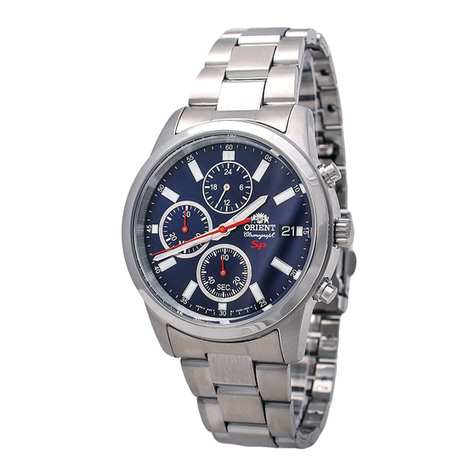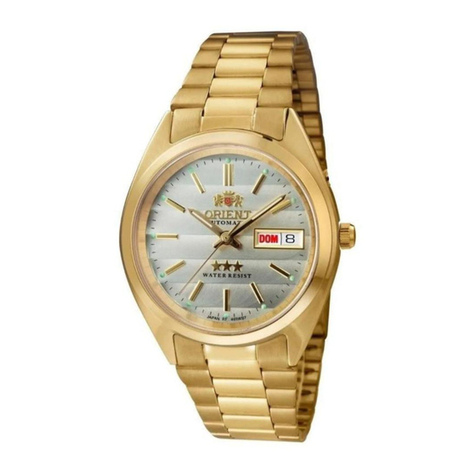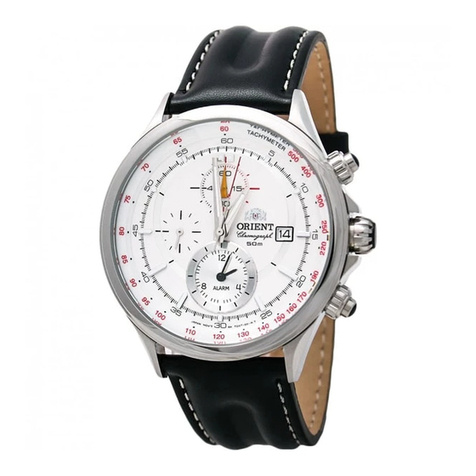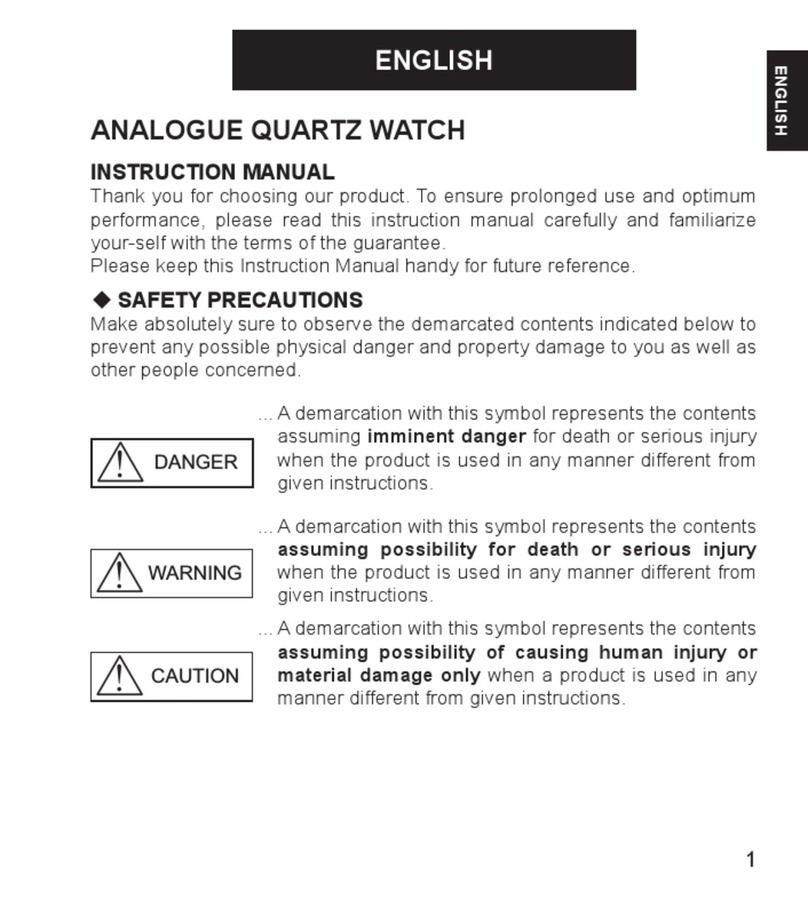Orient UT (H4A) User manual
Other Orient Watch manuals
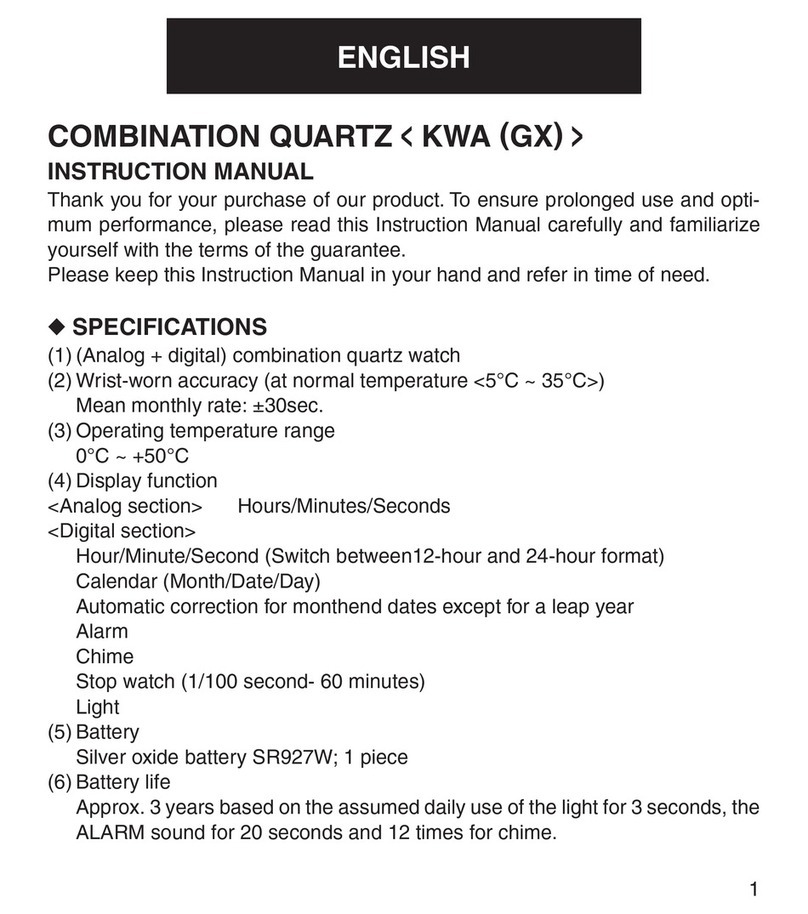
Orient
Orient M14 User manual
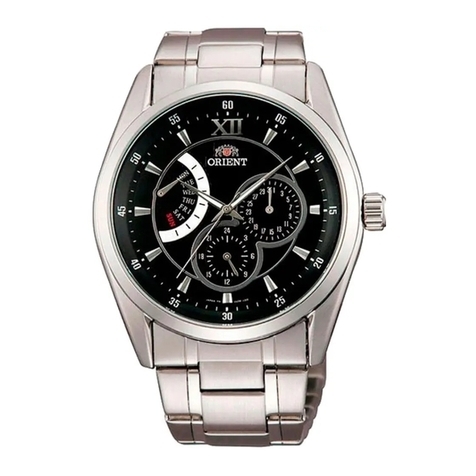
Orient
Orient UU(KHA) User manual
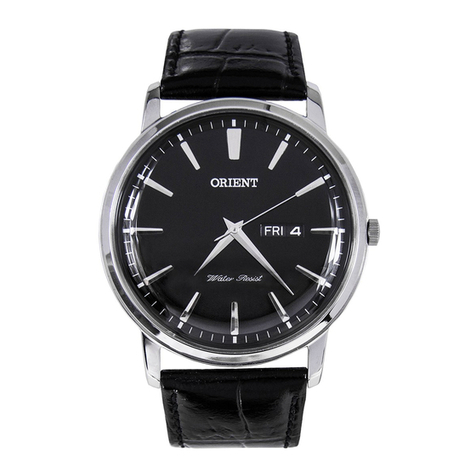
Orient
Orient UG1R002B User manual
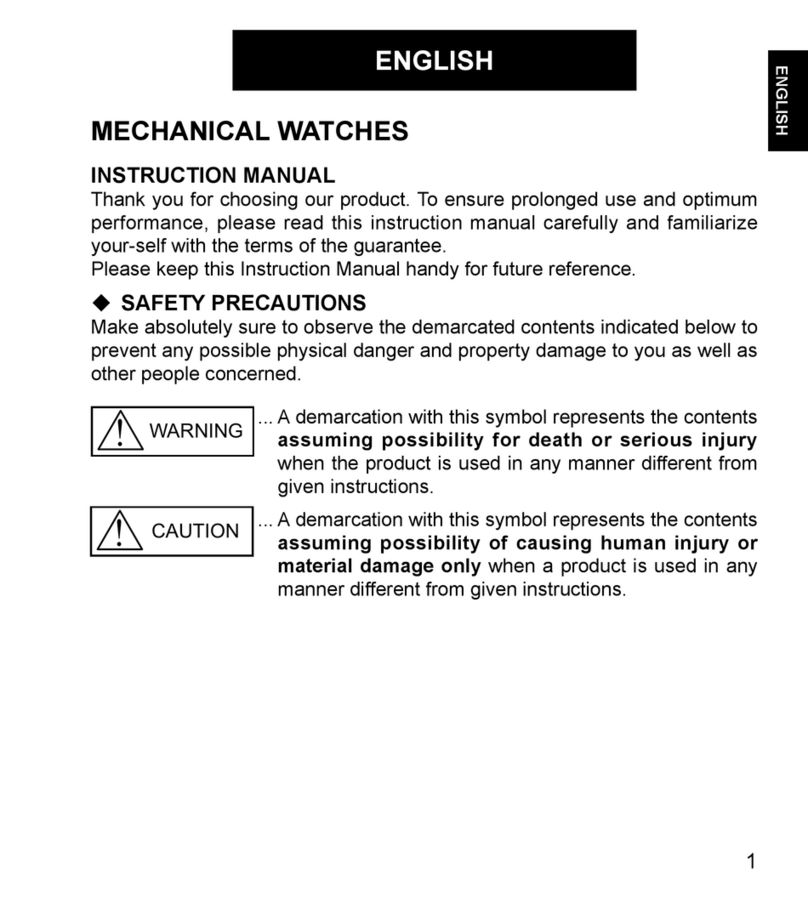
Orient
Orient AA F69 User manual
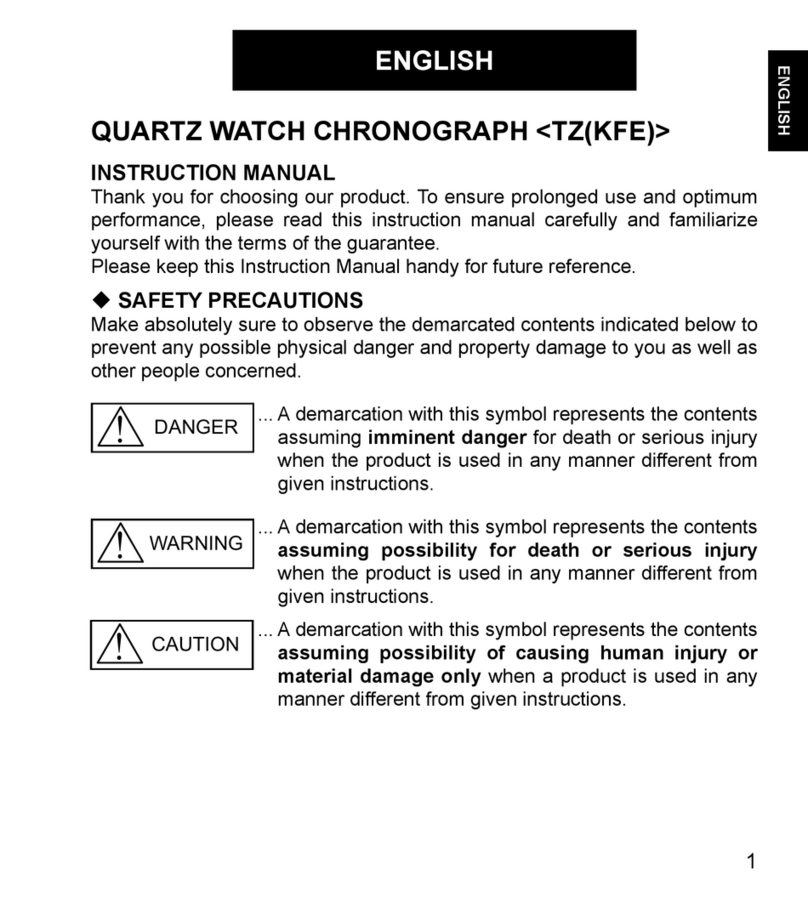
Orient
Orient TZ(KFE) User manual

Orient
Orient FUN8G001 User manual
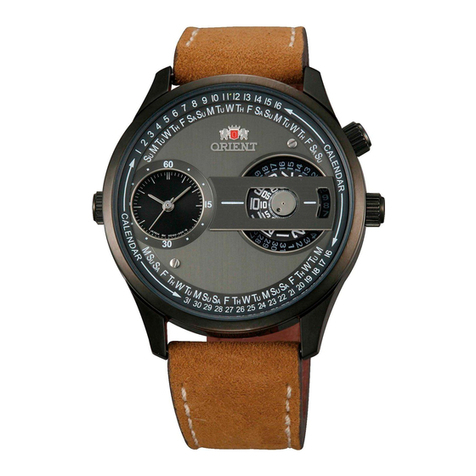
Orient
Orient XC User manual
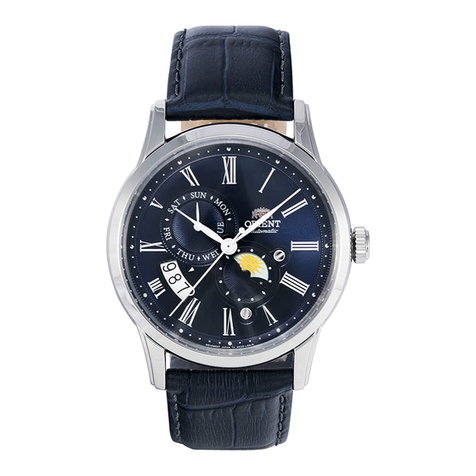
Orient
Orient EW 46F User manual
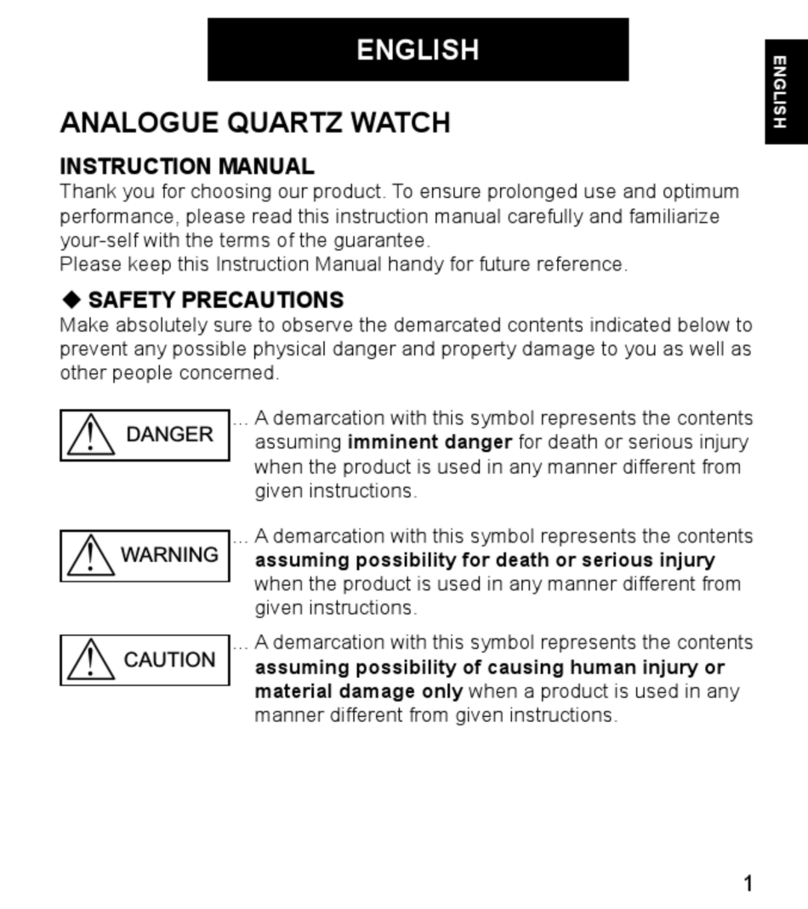
Orient
Orient RA-KV0403S User manual

Orient
Orient TX(VS75) User manual
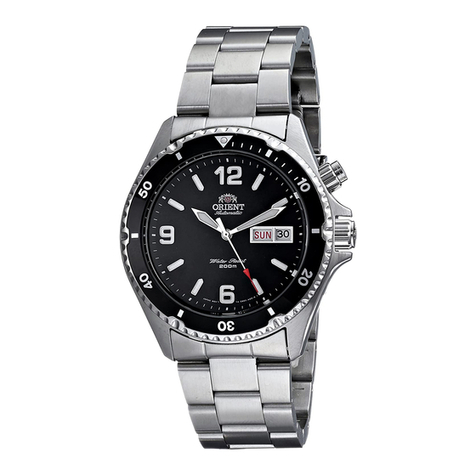
Orient
Orient cem65001b User manual
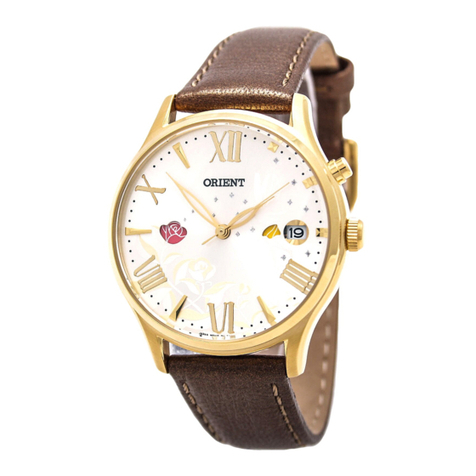
Orient
Orient DM 48Y User manual
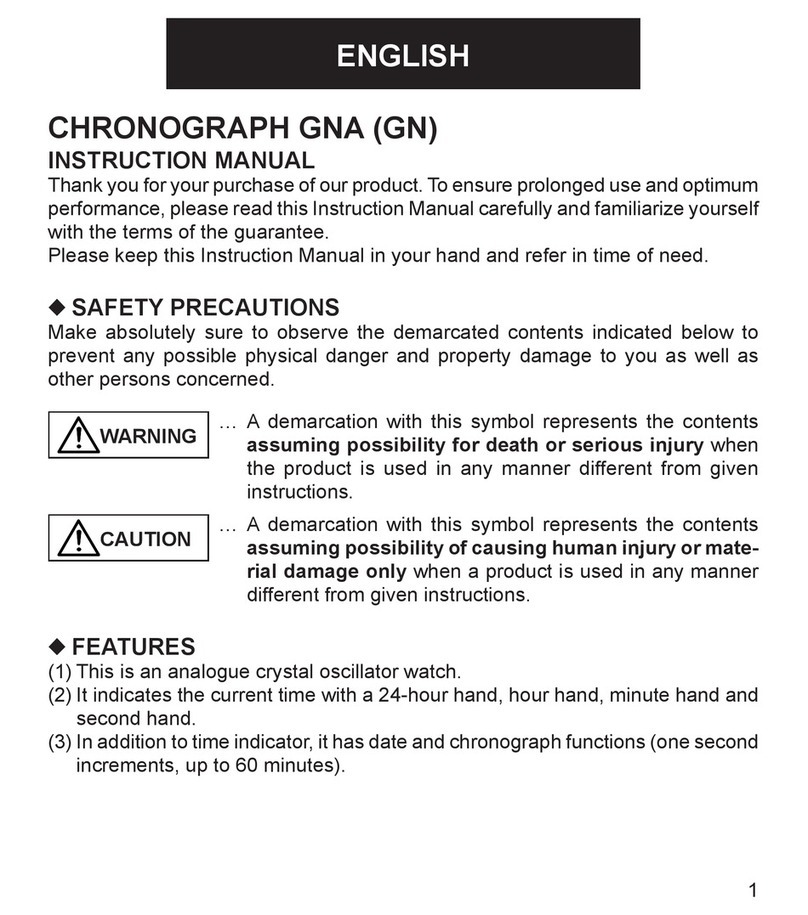
Orient
Orient GNA User manual

Orient
Orient SDH00001 User manual
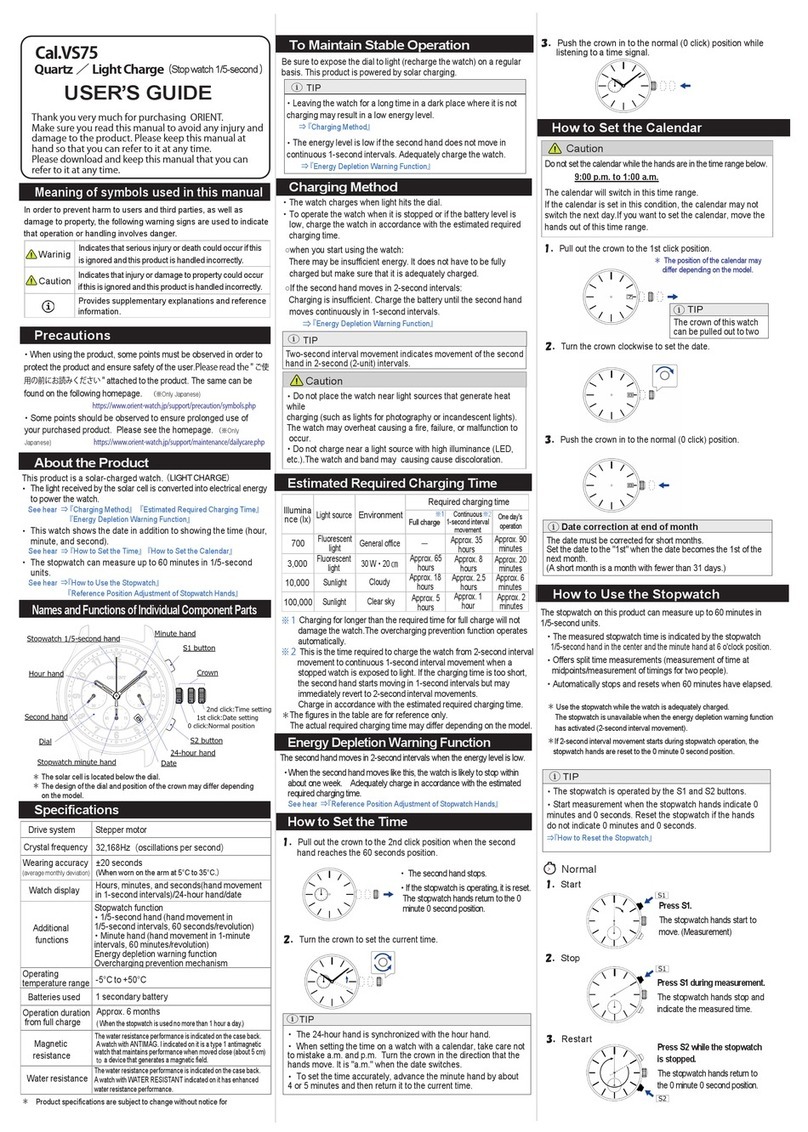
Orient
Orient VS75 User manual
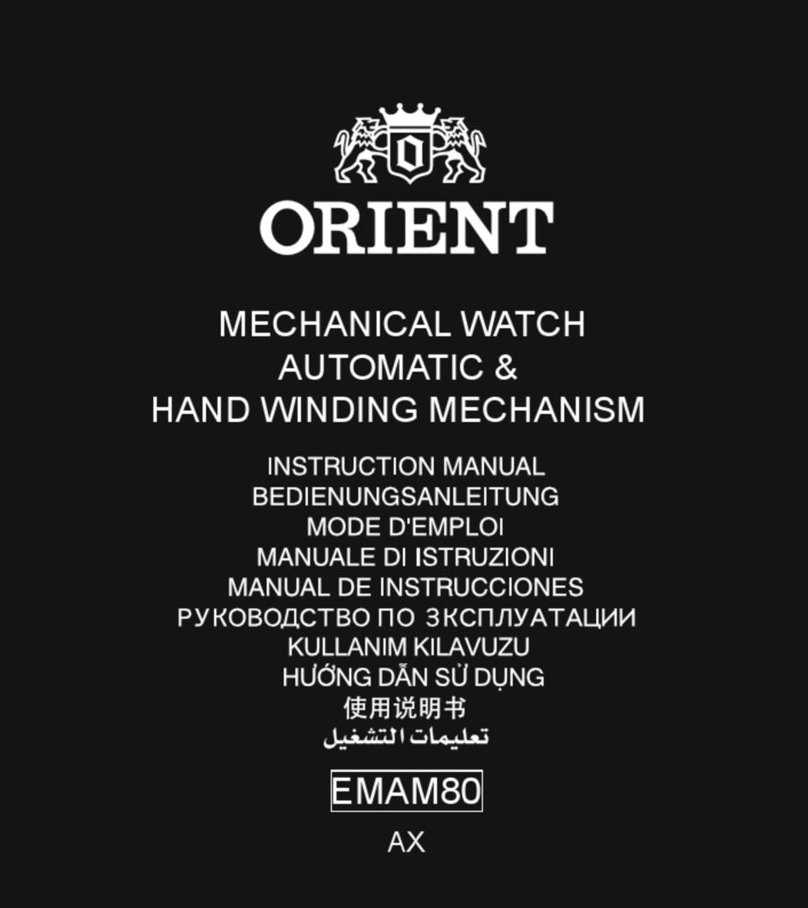
Orient
Orient EMAM80 User manual
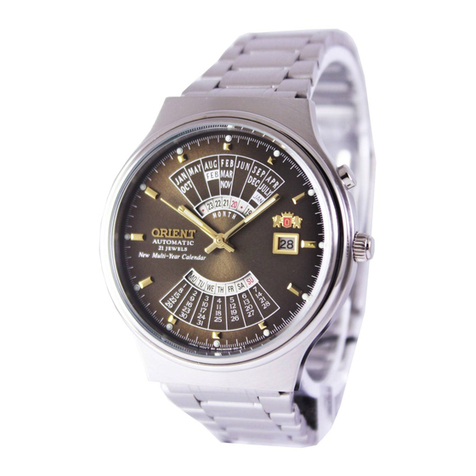
Orient
Orient ES 46C User manual
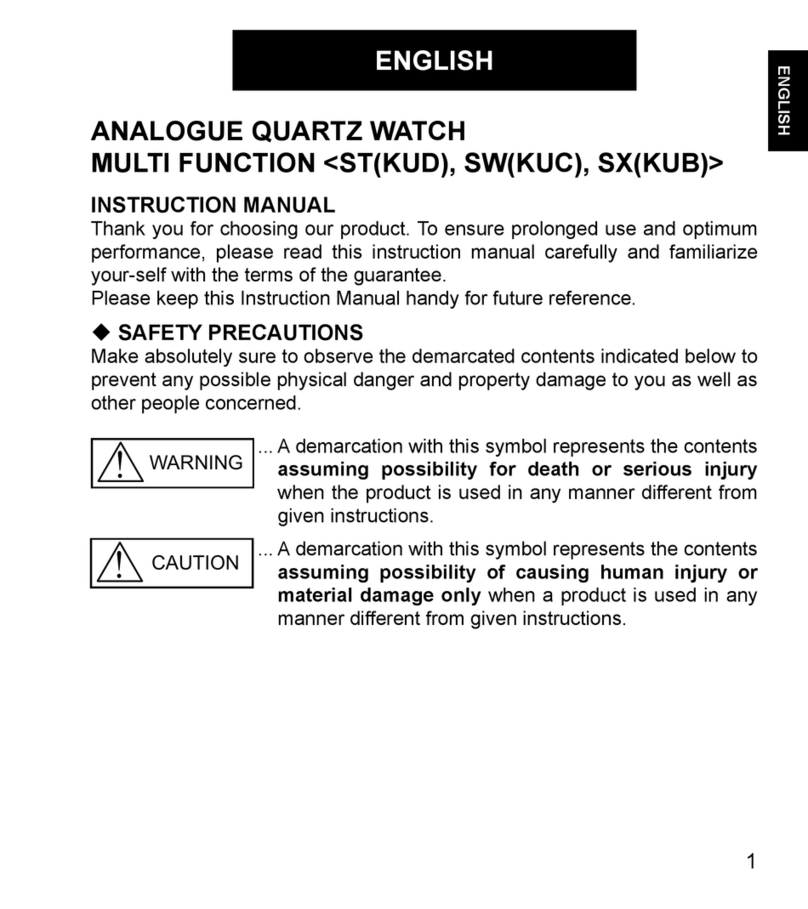
Orient
Orient ST(KUD) User manual
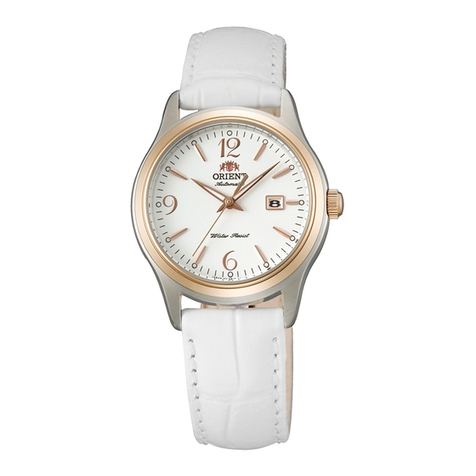
Orient
Orient DA 40R User manual
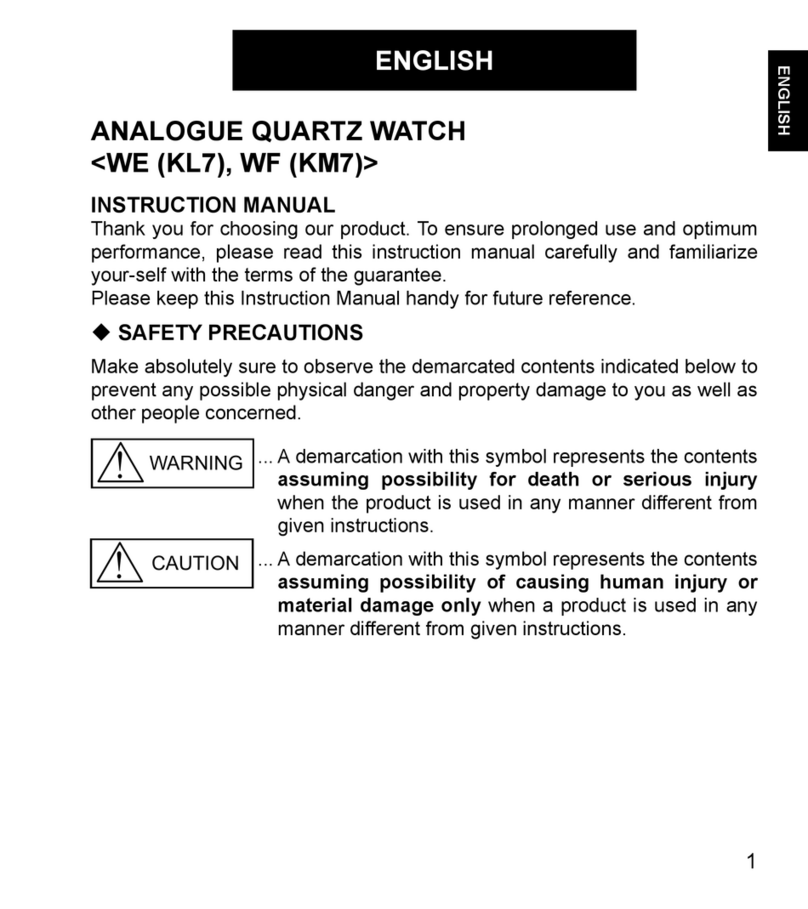
Orient
Orient WE (KL7) User manual
Popular Watch manuals by other brands

Casio
Casio QW 5513 Operation guide

Piaget
Piaget 560P Instructions for use

Armitron
Armitron pro sport MD0346 instruction manual

West Marine
West Marine BlackTip 13411293 Instruction Booklet and Care Guide

Jaeger-leCoultre
Jaeger-leCoultre HYBRIS MECHANICA CALIBRE 184 manual

FOREVER
FOREVER iGO PRO JW-200 user manual
